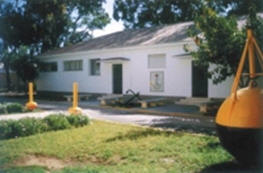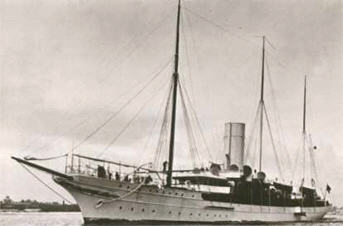History
Hydro-graphic School
Although the origins of hydrographic surveys can be traced back to the Middle Ages, the first systematic studies were conducted by the ‘Casa de Contratación’ and the ‘San Telmo’ School in Seville, authentic educational and teaching centers in the 16th and 17th centuries.
As of 1725, hydrography was officially taught in the Cadiz Midshipmen Academy founded by King Felipe V. Since then, drafting of nautical charts became the exclusive responsibility of the Spanish Navy.
Of these years are the important scientific works of Jorge Juan and Antonio de Ulloa; the scientific expedition of Malaspina and the cartographic surveys of Tofiño, among others.
At the beginning of the 20th century, the steam-boat ‘Urania’ was converted into a Hydrography School. Subsequently, this task was entrusted to the ‘Giralda’ which instructed and trained all hydrography specialists for 25 years. The course usually lasted two years.
With the passage of time, the School finally moved to the Spanish Navy Hydrographic Institute in 1945. The two hydrographic ships ‘Malaspina’ and ‘Tofiño’ were decommissioned in those days and two new ships were built with the same names; the ones currently in service.




 + 3
+ 3



